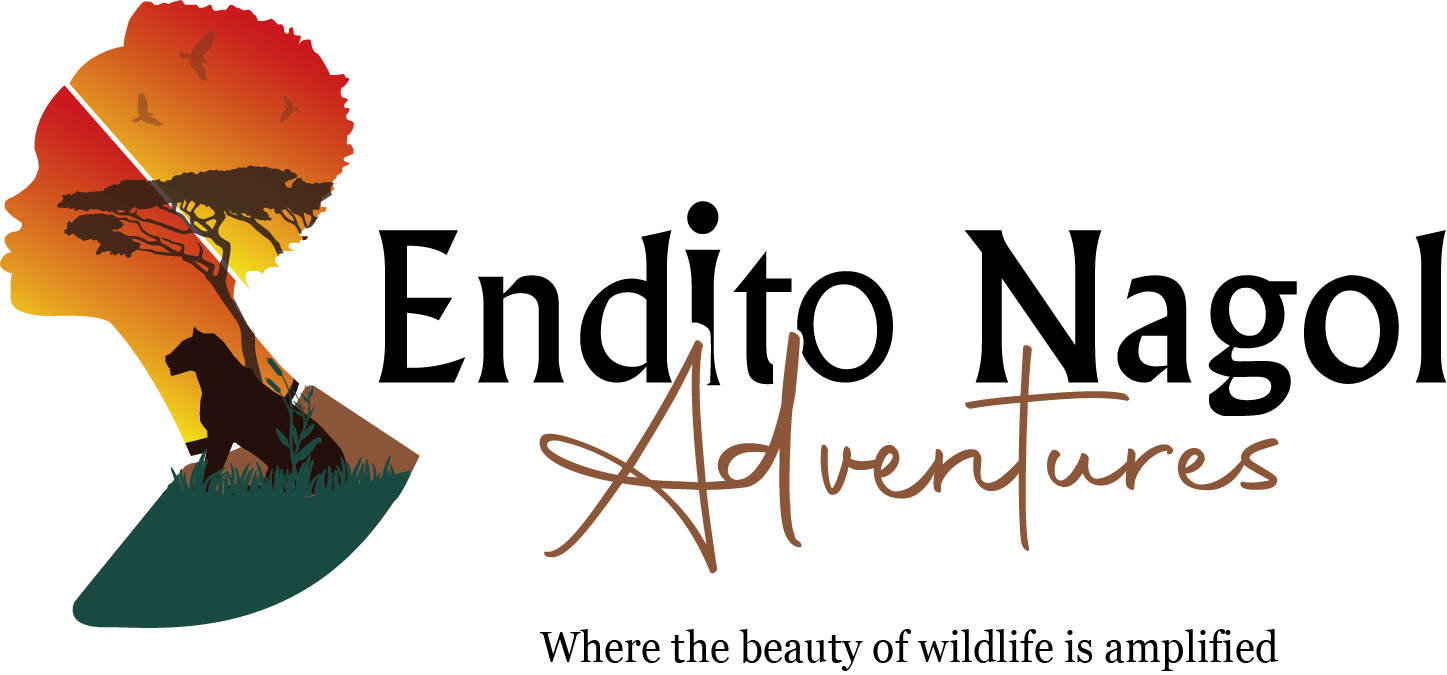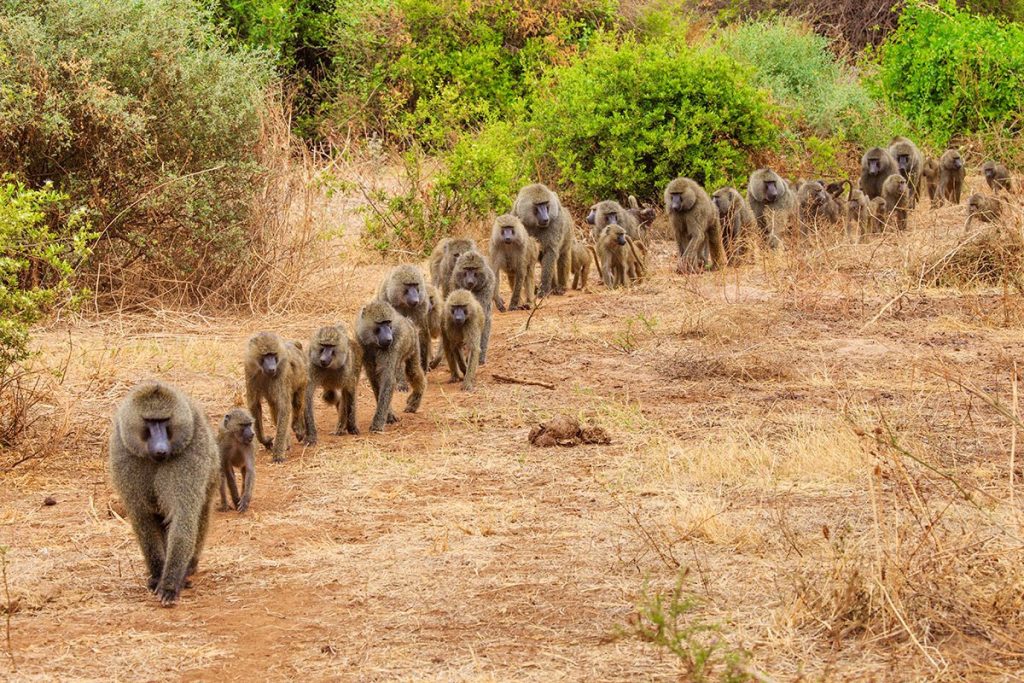Welcome, fellow adventurers! How does a journey tracking the largest land animal migration on Earth sound? Exciting, right? We are talking about the annual wildebeest migration across the Serengeti plains. Every year, over 1.5 million wildebeest, accompanied by hundreds of thousands of zebras, gazelles, and other animals, embark on a dangerous yet breathtaking journey covering over 1800 miles. Despite the many challenges, they persevere, driven by their instinctive need for survival. Now, let’s dive in deeper to this thrilling expedition!
Embarking on an Adventure: Following the Wildebeest Migration
The wildebeest migration is a cyclic event taking place between the Serengeti in Tanzania and the Maasai Mara in Kenya. It’s an awe-inspiring spectacle to witness as the herds traverse through perilous terrains, crossing rivers infested with crocodiles, and facing threats from predators such as lions and hyenas. The best time to witness this awe-inspiring event varies between July to September when the wildebeest make the daring crossing of the Mara River.
However, the migration isn’t just a trek from point A to point B. The circular migratory pattern means that there are multiple opportunities to see the migration unfold in different parts of the Serengeti-Mara ecosystem throughout the year. Whether it’s the calving season from January to March in the Southern Serengeti, the long trek north through the central and western Serengeti between April and June, or the dramatic river crossings between July and September in the north, there’s always a stunning spectacle to witness.
Modern Tracking Techniques: Enhancing Your Migration Spotting Experience
Technology has done wonders for wildlife enthusiasts and scientists alike in tracking and predicting the wildebeest migration. Modern tracking techniques, such as GPS collaring and satellite imagery, allow us to keep track of the herds’ movements accurately. This means you can plan your safari adventure in advance while ensuring the best chances of witnessing the migration.
GPS collaring involves fitting a few individuals with collars that send location data to a satellite, which scientists and wildlife enthusiasts can access. This data can provide real-time updates on the herd’s location and significantly help in predicting their movements. Satellite imagery, on the other hand, provides a broader perspective, allowing us to observe changes in vegetation and water availability, which are key factors influencing the migration.
By following the wildebeest migration, you embark on a journey that is not just about witnessing an awe-inspiring spectacle of nature, but also understanding the intricate balance of the ecosystem. Modern tracking technologies enhance this experience by allowing us to predict the herds’ movements, ensuring that no matter when you decide to go on your safari adventure, there’s always a chapter of this incredible migration story waiting for you to witness. So strap on your adventure boots and get ready to be a part of this thrilling journey!

